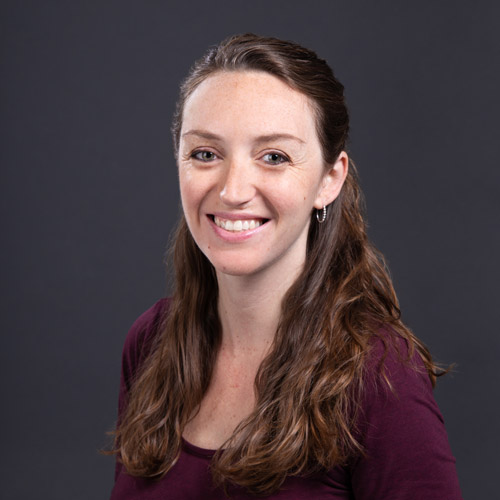What’s in a Commencement Ceremony?
6,000 feet of duct tape, 10,000 hats, 11,496 pastries
Watch the setup, celebration, and breakdown of the 2009 Boston University Commencement. Time-lapse footage, provided by IS&T Technical Operations, was recorded in the press box on Nickerson Field every 4 seconds for 10 consecutive days. The 2011 Commencement ceremony will be shown online live in its entirety beginning at 1 p.m. on Sunday, May 22. Photo by BU Photography
What goes into creating Commencement?
A lot, it turns out. For starters, there’s the 40 gallons of red paint used to touch up signs and staging. In addition, 6,000 feet of duct tape are used behind the scenes, 10,000 hats are handed out to shield guests from the sun, and 11,496 French pastries are served.
And in an effort to be more ecofriendly, 108,675 half-liter plastic bottles have been recycled to manufacture 4,347 caps and graduation gowns. The recycled plastic will mean that 2,174 gallons of gas won’t be used in the process of manufacturing traditional polyester gowns.
“Every office is involved in Commencement,” says Michael Ciarlante (COM’79), director of Events & Conferences and someone who has helped plan more than 32 Commencements. “The entire University comes together to have this experience for the graduates. There is no do-over.”
In the week leading up to the big event, it is Ciarlante who ensures that the last-minute details are taken care of, things like seating arrangements for the honorary degree recipients and the Metcalf winners.
Ciarlante also writes much of the official Commencement ceremonial script. What about the president’s address? “I take the first pass at that,” he says.
On the day of Commencement, Ciarlante can be found at 4 a.m. drinking coffee and checking email. He makes sure there are extra robes (yes, sometimes honorary degree recipients or professors forget them), that diplomas are where they should be, and that the Metcalf medals are ready to go. He also checks in with each school and college to make sure those holding their ceremonies on Sunday are getting off to a good start.
“If we’re doing our job right, people won’t see the stuff that goes wrong,” he says.
And things do go wrong. When Afghanistan President Hamid Karzai (Hon.’05) was the Commencement speaker six years ago, Ciarlante and his team worked closely with the Secret Service. At one point, a curious neighbor in Babcock Towers knocked a flowerpot from a balcony. It fell several stories and crashed on the pavement—sounding just like a gunshot, Ciarlante recalls. “We went into immediate lockdown. I just had to sit there and have a cup of coffee,” he says. “It was such a strange feeling knowing we were supposed to be really busy, but there was literally nothing we could do.”
The week following Commencement, Ciarlante and his team begin planning for next year’s ceremony. They meet with the sound and video producers, vendors, and representatives from schools and colleges to talk about what worked and what didn’t. They make a list of what not to do next year.
The most crucial aspect of Commencement planning, he says, is teamwork. The effort involves more than 500 staff volunteers on Commencement day. Ciarlante says the Dining Services staff alone spends more than 18,000 man-hours planning and preparing food.
“The team takes great pride that we’re giving graduates and their families their final experience of BU,” he says. “We do the best job we can.”
Amy Laskowski can be reached at amlaskow@bu.edu. Robin Berghaus can be reached at berghaus@bu.edu.
A version of this story originally ran on May 10, 2010.

Comments & Discussion
Boston University moderates comments to facilitate an informed, substantive, civil conversation. Abusive, profane, self-promotional, misleading, incoherent or off-topic comments will be rejected. Moderators are staffed during regular business hours (EST) and can only accept comments written in English. Statistics or facts must include a citation or a link to the citation.